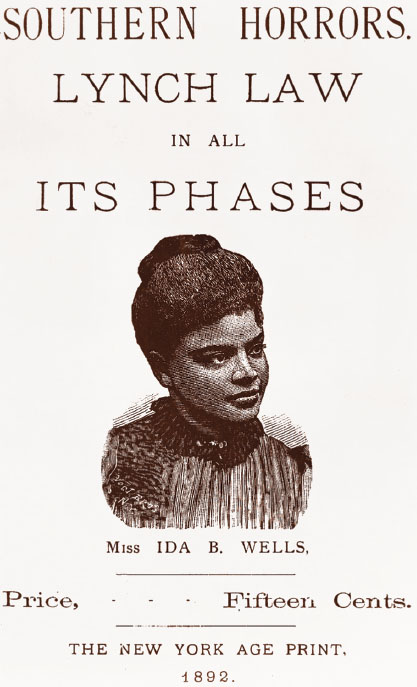Gender, Race, and Politics.
Printed Page 491 Chapter Chronology
Gender, Race, and Politics. Gender — society's notion of what constitutes acceptable masculine or feminine behavior — influenced politics throughout the nineteenth century. From the early days of the Republic, citizenship had been defined in male terms. Citizenship and its prerogatives (voting and officeholding) served as a badge of manliness and rested on its corollary, patriarchy — the power and authority men exerted over their wives and families. With the advent of universal (white) male suffrage in the early nineteenth century, gender eclipsed class as the defining feature of citizenship; men's dominance over women provided the common thread that knit all white men together politically. The concept of separate spheres dictated political participation for men only. Once the public sphere of political participation became equated with manhood, women found themselves increasingly restricted to the private sphere of the home.
Women were not alone in their limited access to the public sphere. Blacks continued to face discrimination well after Reconstruction, especially in the New South. Segregation, commonly practiced through Jim Crow laws (as discussed in chapter 21), prevented ex-slaves from riding in the same train cars as whites, from eating in the same restaurants, or from using the same toilet facilities.
Jim Crow
System of racial segregation in the South lasting from after the Civil War into the twentieth century. Jim Crow laws segregated African Americans in public facilities such as trains and streetcars, curtailed their voting rights, and denied other basic civil rights.

Amid the turmoil of the post-Reconstruction South, some groups struck cross-racial alliances. In Virginia, the "Readjusters," a coalition of blacks and whites determined to "readjust" (lower) the state debt and spend more money on public education, captured state offices from 1879 to 1883. Groups like the Readjusters believed universal political rights could be extended to black males while maintaining racial segregation in the private sphere. Democrats fought back by arguing black voting would lead to racial mixing, and many whites returned to the Democratic fold to protect "white womanhood."
The notion that black men threatened white southern womanhood reached its most vicious form in the practice of lynching — the killing and mutilation of black men by white mobs. By 1892, the practice had become so prevalent that a courageous black editor, Ida B. Wells, launched an antilynching movement. That year, a white mob lynched a friend of Wells whose grocery store competed too successfully with a white-owned store. Wells shrewdly concluded that lynching served "as an excuse to get rid of Negroes who were acquiring wealth and property and thus keep the race terrorized." She began to collect data on lynching and discovered that in the decade between 1882 and 1892 lynching rose in the South by an overwhelming 200 percent, with more than 241 black people killed. The vast increase in lynching testified to the retreat of the federal government following Reconstruction and to white southerners' determination to maintain supremacy through terrorism and intimidation.
Wells articulated lynching as a problem of gender as well as race. She insisted that the myth of black attacks on white southern women masked the reality that mob violence had more to do with economics and the shifting social structure of the South than with rape. She demonstrated in a sophisticated way how the southern patriarchal system, having lost its control over blacks with the end of slavery, used its control over white women to circumscribe the liberty of black men.
Wells's outspoken stance immediately resulted in reprisal. While she was traveling in the North, vandals ransacked her office in Tennessee and destroyed her printing equipment. Yet the warning that she would be killed on sight if she ever returned to Memphis only stiffened her resolve. As she wrote in her autobiography, Crusade for Justice (1928), "Having lost my paper, had a price put on my life and been made an exile …, I felt that I owed it to myself and to my race to tell the whole truth now that I was where I could do so freely."
Lynching did not end during Wells's lifetime, but her forceful voice brought the issue to national and international prominence. At her funeral in 1931, black leader W. E. B. Du Bois eulogized Wells as the woman who "began the awakening of the conscience of the nation." Wells's determined campaign against lynching provided just one example of women's political activism during the Gilded Age. The suffrage and temperance movements, along with the growing popularity of women's clubs, dramatized how women refused to be relegated to a separate sphere that kept them out of politics.